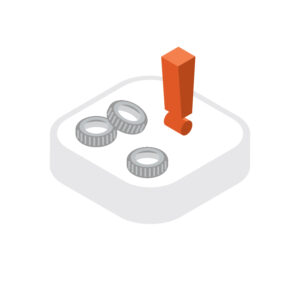Everyone can return regularly to the POS for community activities
An ATTACHED POS is:
- A POS that offers opportunities for users to collaborate and interact for common causes
- A POS that supports community life and is an integral component of a cohesive community.
#spatialconfiguration #furniture #regularcommunityprogramme #pop-upprogramme #experientiallearning #cross-sectoralcollaboration
What If I Could Make An ATTACHED POS POSsible!?
What if I could make visiting the POS as my daily routine?
What if I could use the POS to host events and regular community programmes?






